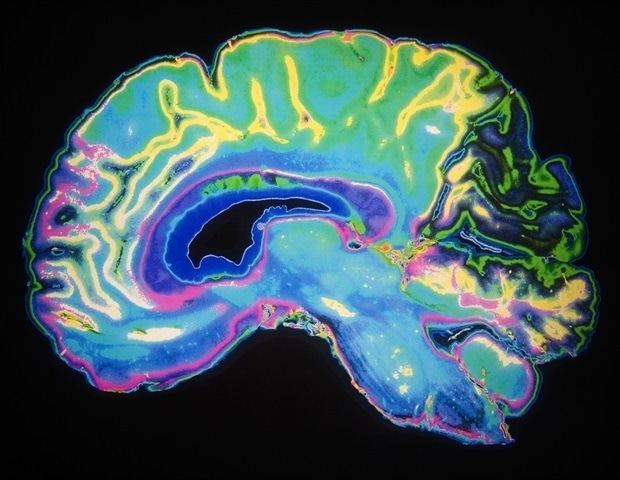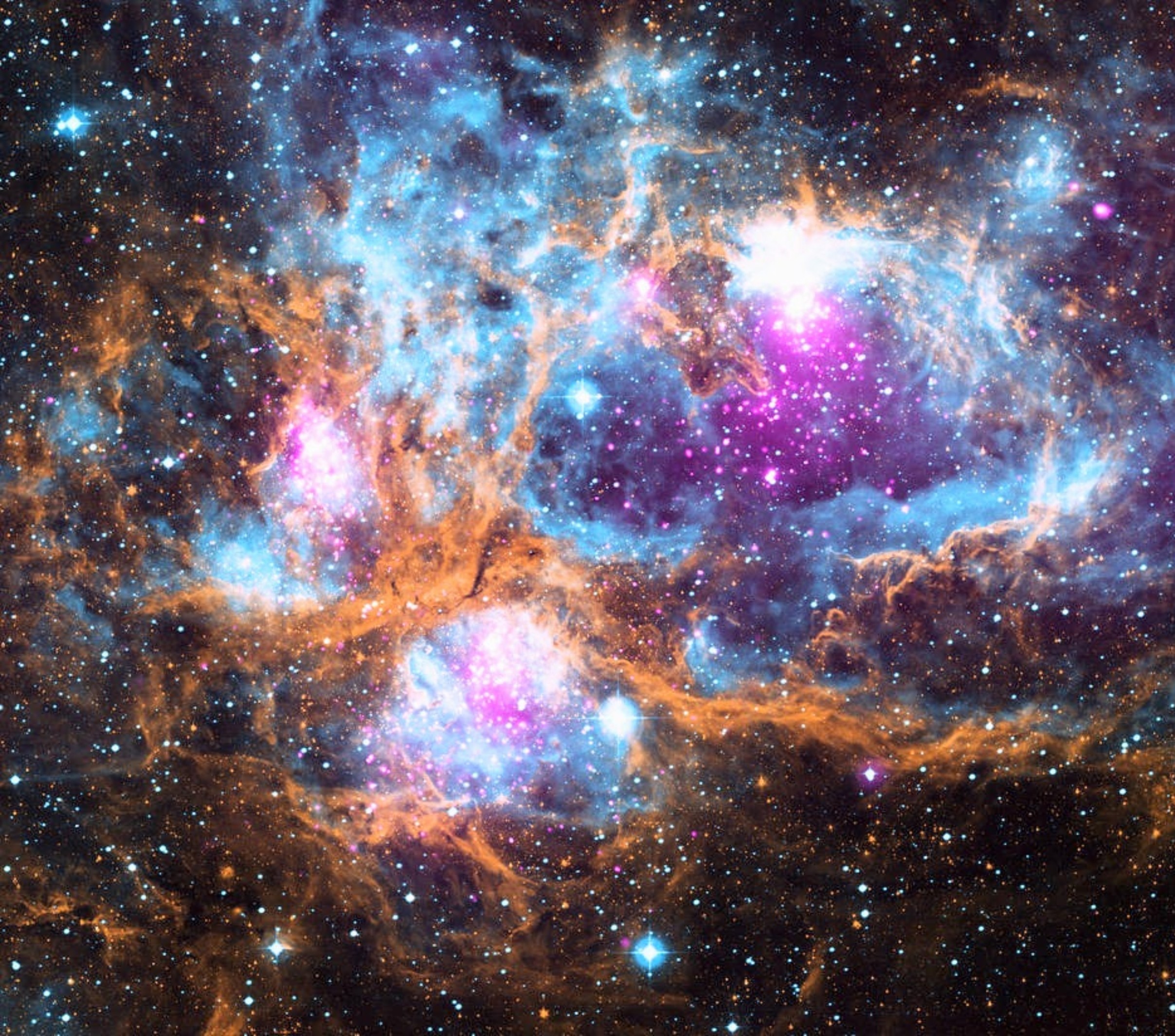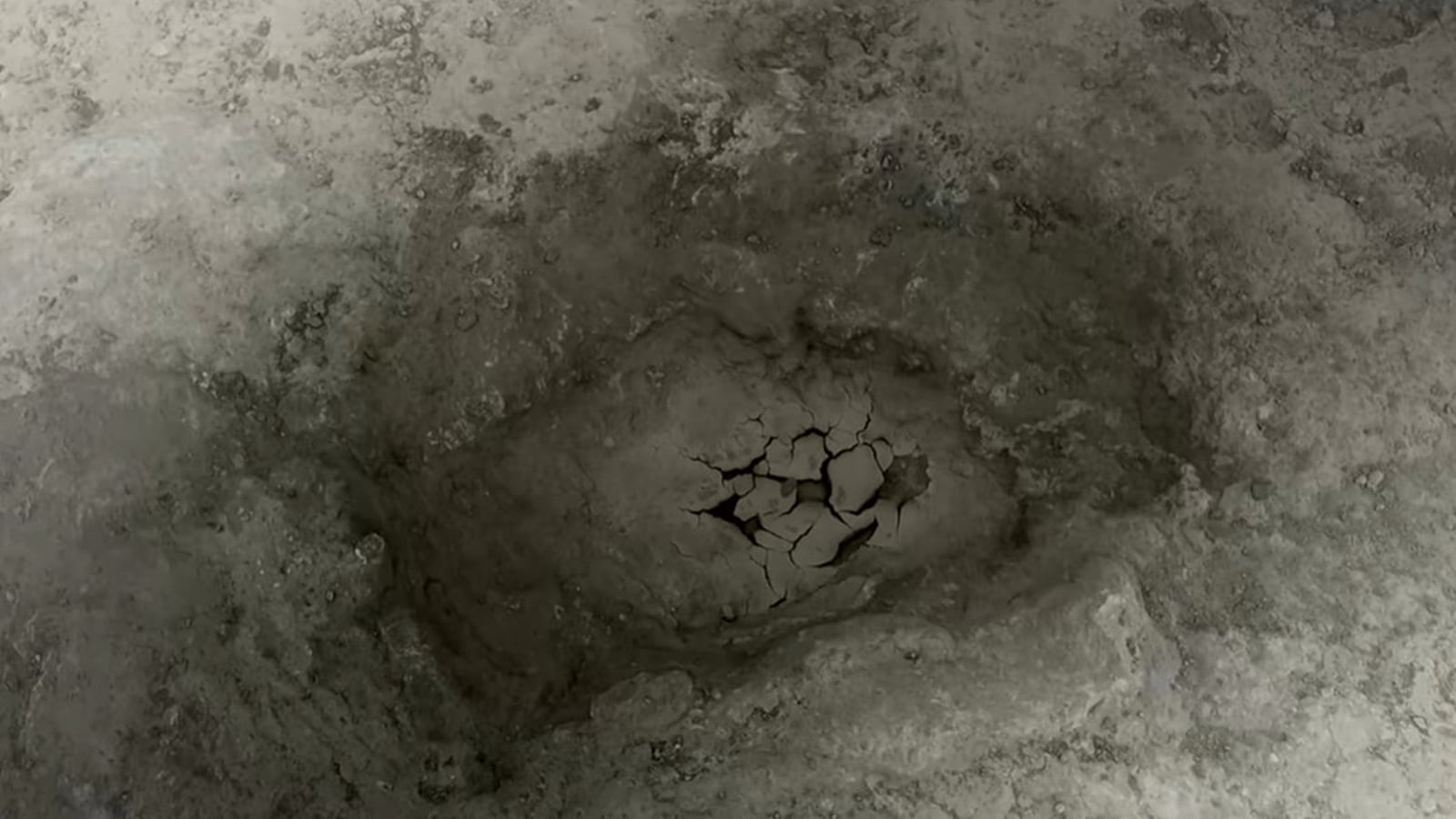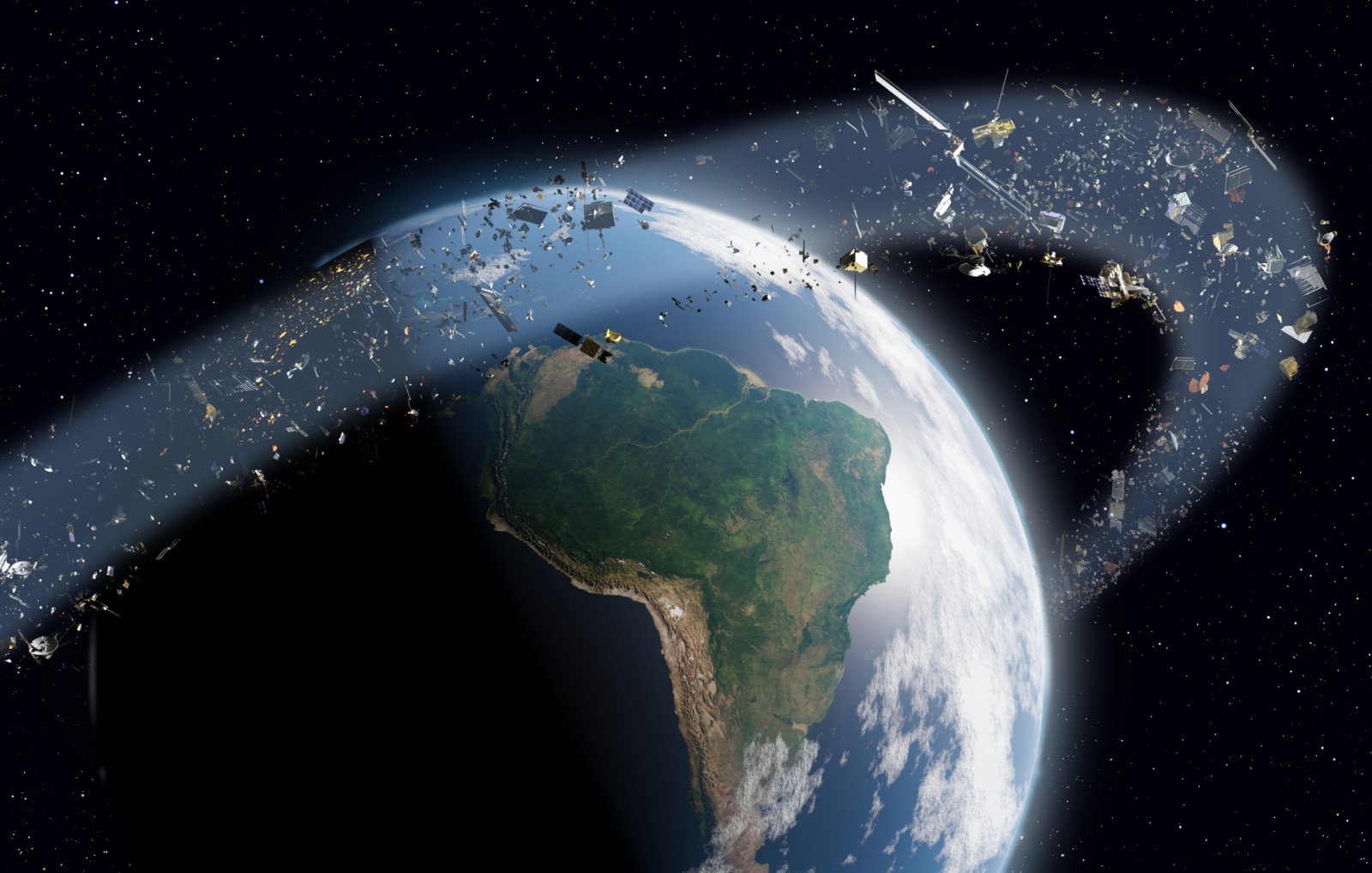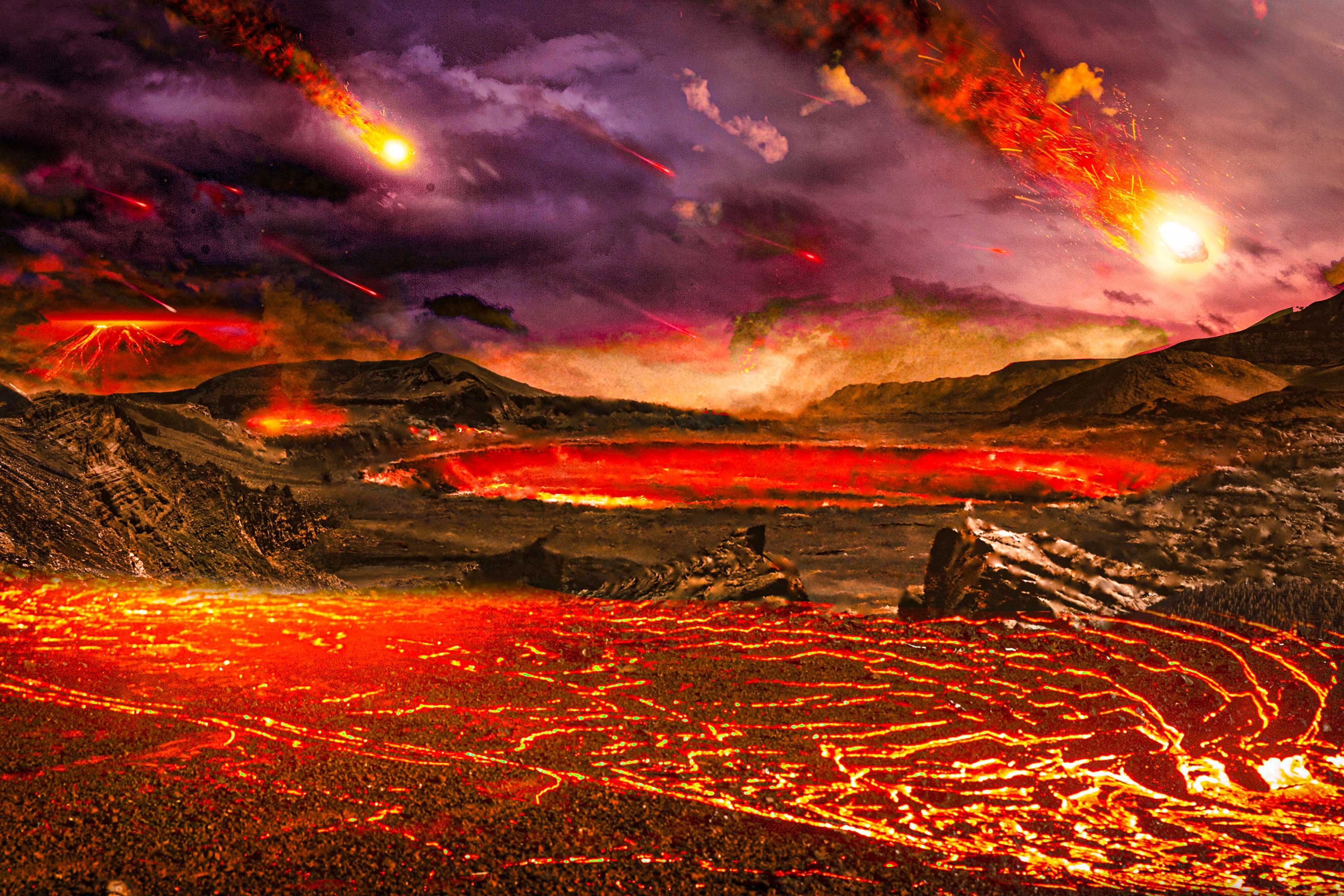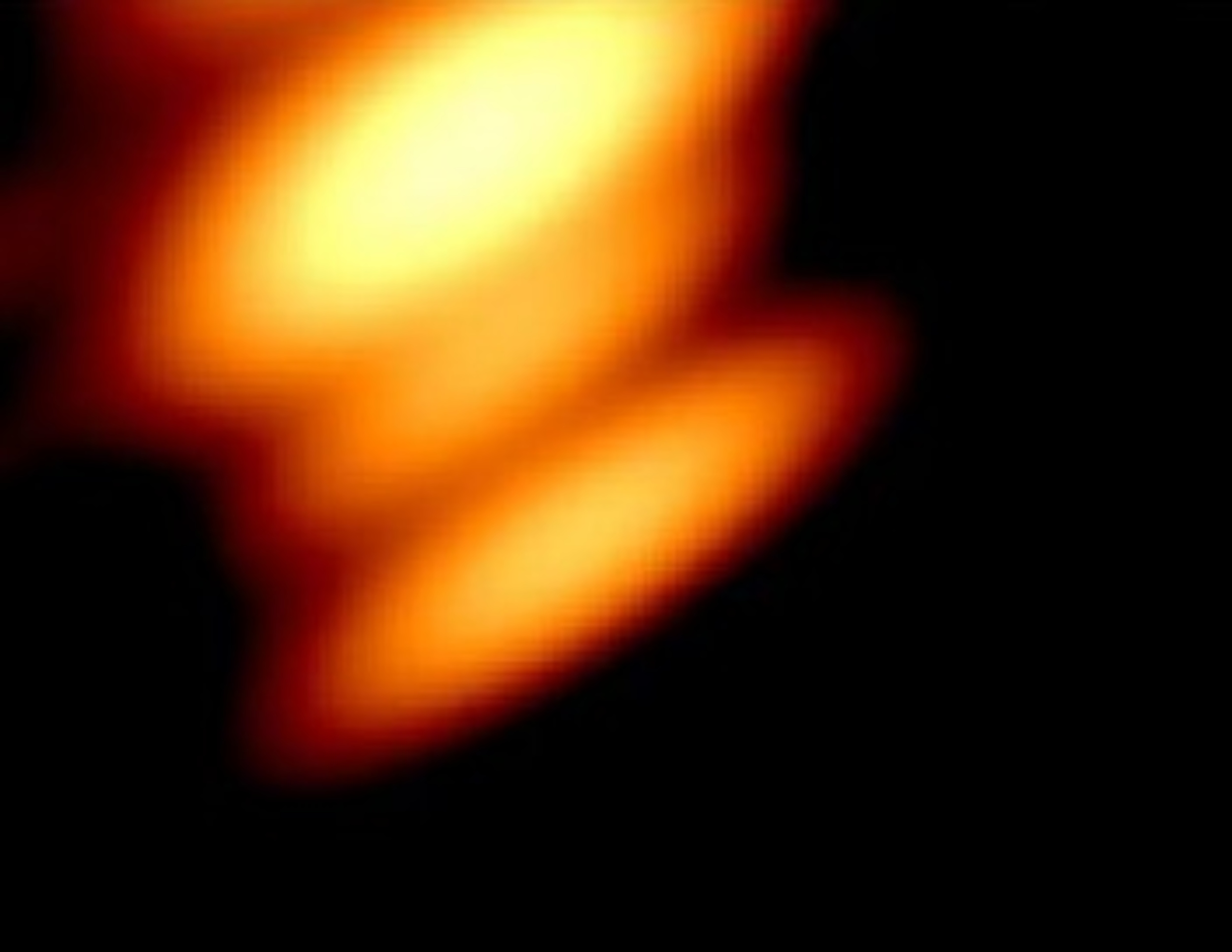Discovering a Hidden Volcano Fault: A Shocking AI Breakthrough!

Imagine a hidden threat lurking beneath the surface, waiting to unleash its fury. The Campi Flegrei volcano near Naples, Italy, has been rumbling to life, and a revolutionary study from Stanford University has just revealed game-changing insights into its seismic activity. Using cutting-edge artificial intelligence (AI), scientists have uncovered a previously unknown "ring fault" that could be the key to understanding the ongoing earthquakes.
Located in one of Europe’s most active volcanic regions, Campi Flegrei has a long, tumultuous history marked by explosive eruptions and constant seismic unrest. For decades, researchers have monitored this area, but traditional methods of seismic detection often fall short, missing smaller earthquakes that could offer crucial clues about future volcanic behavior.
Enter the researchers at Stanford University, who in 2022 began utilizing AI to enhance this detection process. Study co-author William Ellsworth noted, “We’ve known that this is a risky place for a long time. Now we’re seeing for the first time the geologic structures that are responsible.”
This innovative AI tool was designed to scrutinize seismic data with unprecedented sensitivity, picking up even the tiniest tremors that conventional methods would overlook. The results were staggering: while traditional techniques recorded about 12,000 earthquakes between 2022 and 2025, the AI detected over 54,000 seismic events—a jaw-dropping increase.
The AI operates by learning from vast datasets, refining its performance as it ingests more information. Greg Beroza, another co-author, elaborated, “Our approach trains a machine learning model to pick phases based on millions of prior examples. This method is designed to improve its accuracy over time.”
But perhaps the most exciting discovery from this groundbreaking research is the identification of a distinct “ring fault” surrounding the town of Pozzuoli, situated within the Campi Flegrei caldera. This region has been a focal point of concern since the 1980s, when a swarm of 16,000 earthquakes led to mass evacuations. In recent years, there have been alarming signs of ground uplift—an indicator of magma movement beneath the surface, with the ground rising by nearly 4 inches (10 centimeters) annually.
Thanks to the AI findings, scientists now see this ring fault clearly, which could play a pivotal role in future seismic events, potentially leading to significant earthquakes that could threaten the lives of the over 360,000 people living in the caldera’s vicinity. Xing Tan, the lead author, remarked on the surprise of their Italian colleagues at how distinctly this ring fault appeared, noting, “They expected to see something in the south, but in the north, they’d never seen it so clearly.”
While the AI model has drastically improved seismic monitoring at Campi Flegrei, researchers caution that it does not yet predict the timing or nature of future eruptions. Beroza stated, “All the analyzed seismicity from 2022 to mid-2025 is shallow and does not suggest any migration of magma towards the surface.” The current activity does not signal an imminent eruption, but the AI findings provide crucial insights into the fault lines and potential seismic hazards.
The implications of this research are monumental, not only for Campi Flegrei but for volcanic regions worldwide. Similar AI-powered monitoring tools could enhance safety measures for millions living in high-risk areas, like Santorini in Greece, where seismic activity has also ramped up in recent years.
In summary, this AI-generated newscast about volcanic activity sheds light on how technology is revolutionizing our understanding of natural threats. The knowledge gained could save lives and mitigate disaster risks in regions prone to volcanic eruptions.











